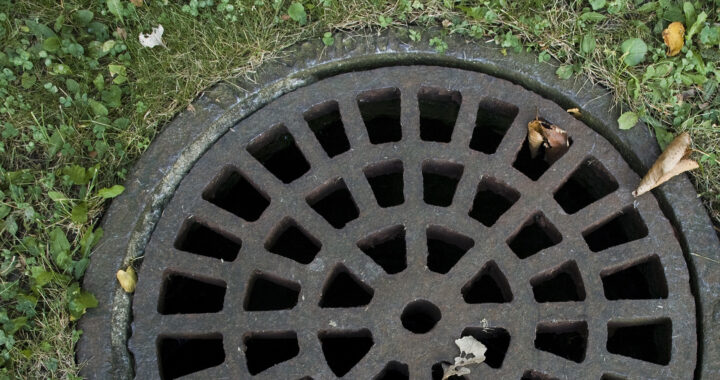The most significant contributors to microplastic pollution are not plastic bottles or drinking straws, according to research. The main culprits are synthetic microfibers from clothing and tiny rubber particles from vehicle tires. These materials, although less visible, are far more prevalent and environmentally damaging than previously understood.
Tire Particles and Clothes Identified as Top Sources of Microplastic Pollution
A 2017 report by Julien Boucher and Damien Friot of the International Union for Conservation of Nature has estimated that tire wear contributes nearly 45 percent of the microplastics found in the environment. Their synthetic rubber tires gradually shed microscopic particles as vehicles move. These particles are then washed into drainage systems by rainfall and end up contaminating bodies of water, where they pose long-term ecological and health risks.
Equally alarming is the environmental impact of microfibers released from synthetic textiles during washing. These fibers, often made of polyester or nylon, escape into wastewater systems and are difficult to filter out. They then infiltrate aquatic environments and accumulate in marine organisms. These microplastic particles then enter the food chain. Several studies have noted that they can potentially affect human health and biodiversity.
Tire-related microplastics not only pollute aquatic systems but also carry toxic chemicals. Among them is 6PPD-Q. This chemical is a degraded product of a common tire additive called 6PPD. The tire additive is used to prevent cracking due to exposure to ozone and other reactive oxygen species. Other studies have linked it to mass die-offs of coho salmon in the Pacific Northwest, where the fish have been found dead before reaching their spawning grounds.
Moreover, aside from contaminating waterways, tire particles become airborne near busy roads, increasing the risk of inhalation by pedestrians, animals, and residents. Scientists warn that prolonged exposure to airborne microplastics can result in respiratory-related issues and other health complications. The problem is particularly acute in urban centers or in car-centric communities where vehicular traffic is dense and constant.
Synthetic fibers such as polyester, nylon, and acrylic have become dominant materials in modern clothing due to their affordability, durability, and versatility. These human-made fibers are derived from petrochemicals and are widely used in the fast-fashion industry and performance wear. However, during washing, the shed microscopic particles then contribute significantly to microplastic pollution in aquatic environments worldwide.
Efforts to mitigate the environmental impact of microplastic particles are showing promise. Field studies using biofiltration systems made from pine wood chips and biochar have achieved removal rates of approximately 90 percent. These filters are cost-effective and scalable. Their practical applications offer smaller communities a practical solution to reduce microplastic pollution originating from stormwater runoff. Other methods are being explored.
Scientists, environmental advocates, and several policymakers now advocate for a shift in focus toward lesser-known yet more significant sources of microplastic pollution. Public awareness campaigns and regulations targeting synthetic fabrics and tire materials may be required to solve the issue. Addressing these contributors is essential in tackling the growing global threat posed by microplastic contamination in the environment and food chain.
FURTHER READINGS AND REFERENCES
- Boucher, J. and Friot, D. 2017. Primary Microplastics in the Oceans: A Global Evaluation of Sources. International Union for Conservation of Nature. DOI: 2305/IUCN.CH.2017.01.en
- Pineda, Mathew Emmanuel. 11 March 2025. “Sources of Microplastics: Studies.” Profolus. Available online





